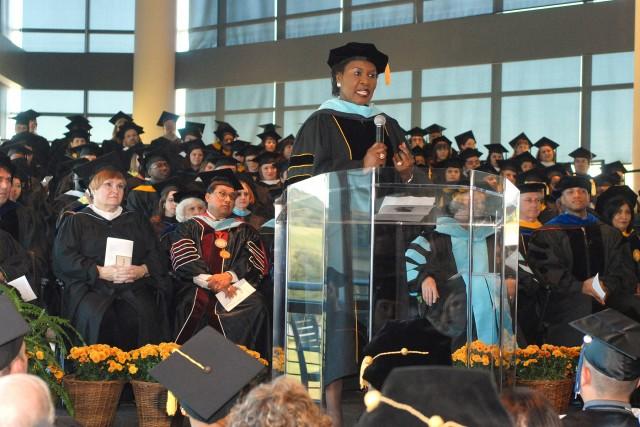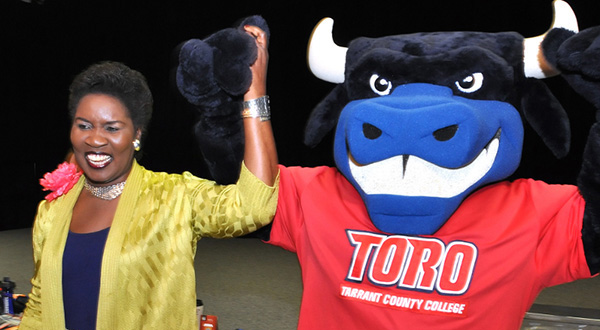By Alex Aviles/ reporter
It was not drought that caused the Dust Bowl, but rather people’s treatment of the land that triggered it, a University of Texas at Arlington history professor told SE Campus students Sept. 29.
During The Environmental Causes and Consequences of the Dust Bowl, Christopher Morris examined the factors leading up to this environmental catastrophe and explained what exactly went wrong as settlers invaded the U.S. and Canadian prairies and quickly pushed out the people, animals and customs native to that land.
“Droughts and high winds causing dust storms were normal occurrences,” he said.
However, Morris said the area was not used to the influx of horses and cattle that would graze on the grass. The livestock would eat it right down to the soil, which didn’t allow the area to retain any sort of moisture. Bison, which were native to the area, would graze, move on and repeat. The buffalo also helped keep moisture by maintaining their wallows where they would find a puddle, use their hoofs to make it a mud pit and roll around in it, which would “help regenerate ground water.”
As settlers moved in, they brought cattle and horses, which consequently drove bison toward extinction as the horses pushed bison out of their territory, Morris said. Furthermore, horses helped humans, both native and new to the area, hunt buffalo easily and quickly.
Morris emphasized the importance of being familiar with land before starting to farm it heavily. He said many landowners practiced dry farming, a process by which farmers “find clumps of soil, break them up and redistribute them,” thinking it will help soil retain water. What the farmers of that time didn’t realize was that when they broke up clumps, it made soil much easier to be blown away by wind.
“[It] prevented ground water from regenerating,” he said.
The outcome of the Dust Bowl was 850 million tons of topsoil blowing away each year.
“That is enough to fill the AT&T Stadium 25 times,” he said.
The situation is different today, Morris said.
“Political power is held by corporations, not by the people living on the plains,” he said.
A plan has been introduced in the last 25 years that would take down all the fencing, restore bison to the area and allow natives to return to the area as well as hunt bison like their ancestors used to, Morris said.
This discussion resonated well with some SE students.
“It’s just crazy to me how our actions as a society can be magnified by huge disasters like these,” student Haven Loeung said.
Student Angel Thilavong felt some sympathy for the farmers.
“These people thought they were doing the right thing by their crops, but they just didn’t understand enough about the [new] environment,” Thilavong said.


























